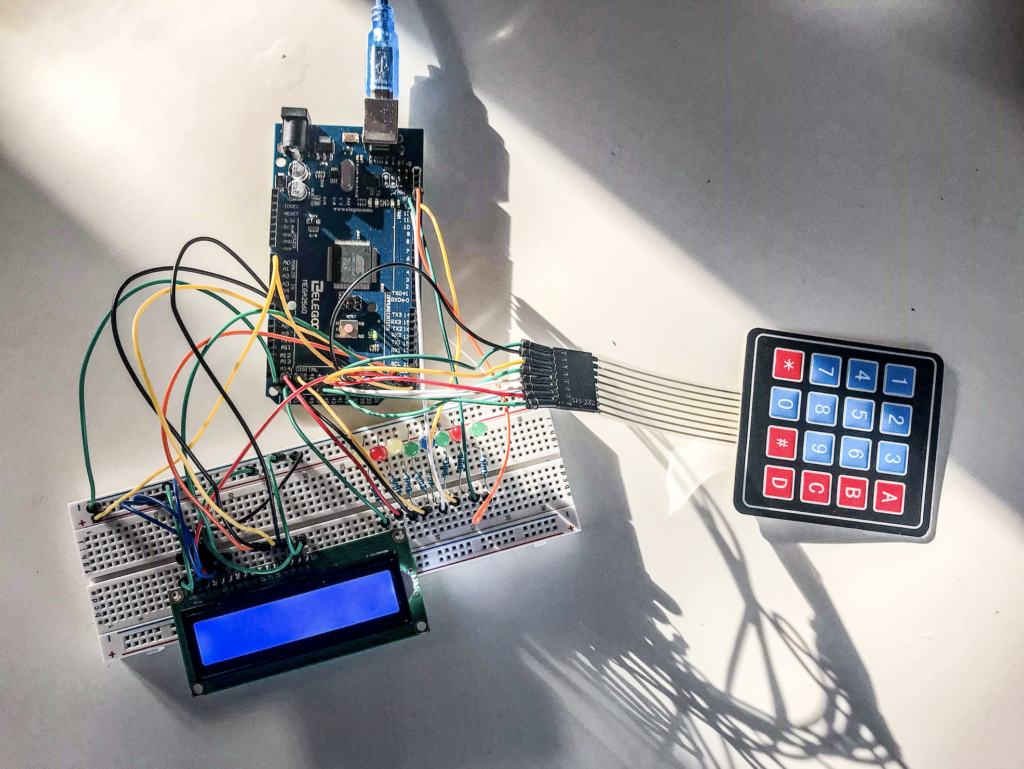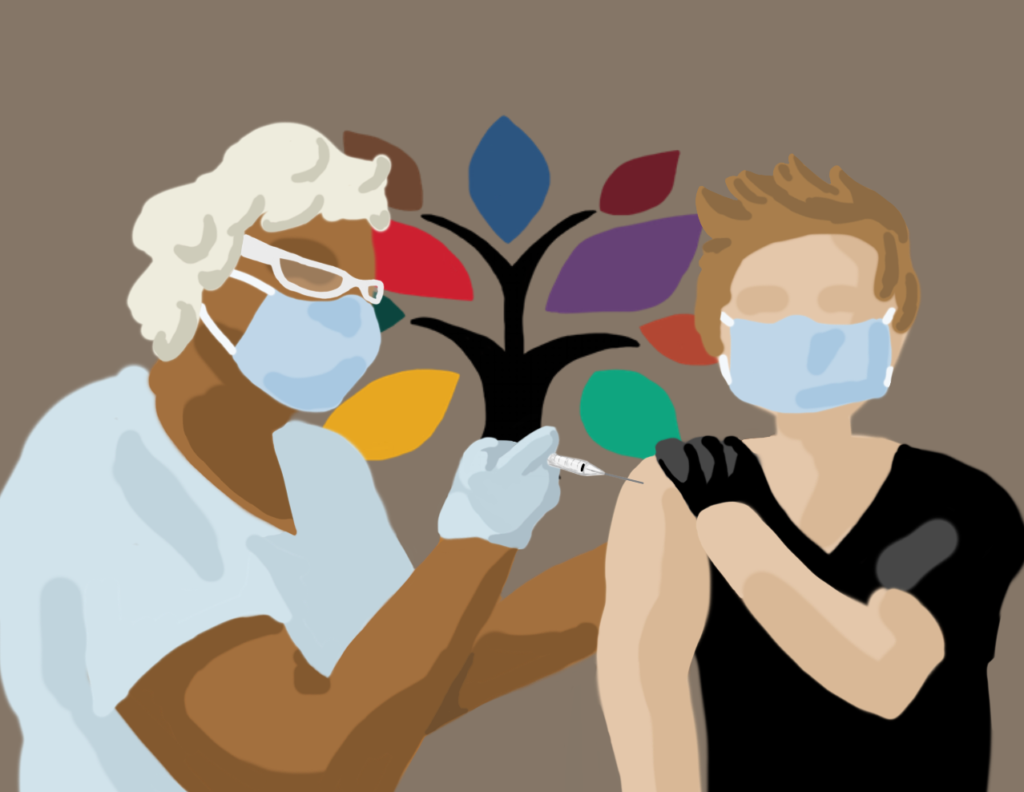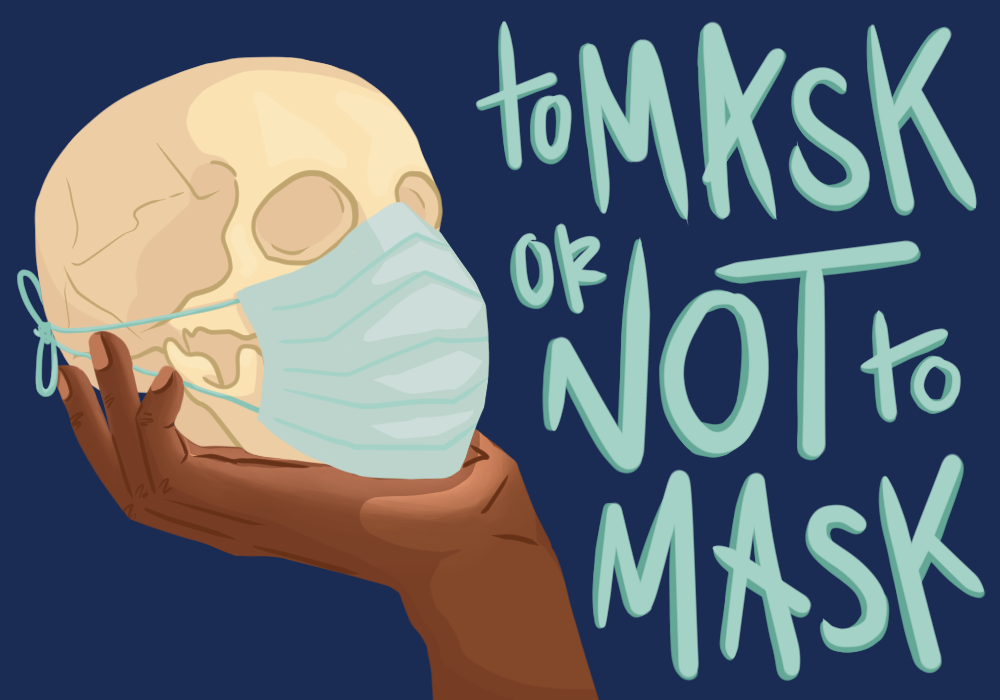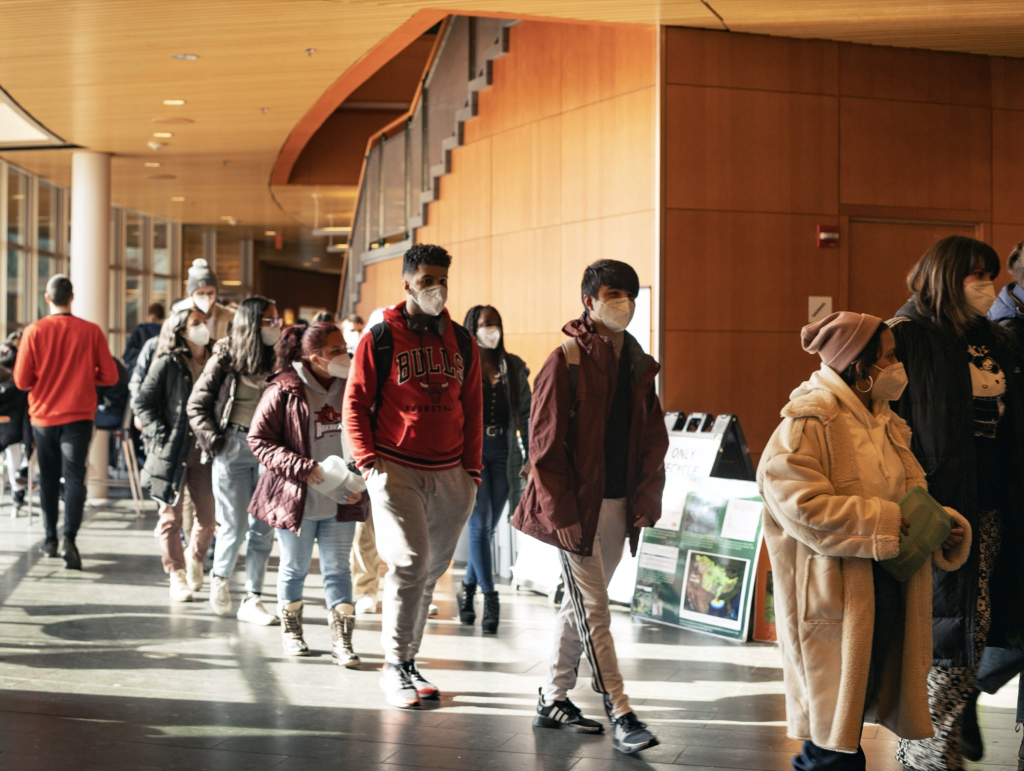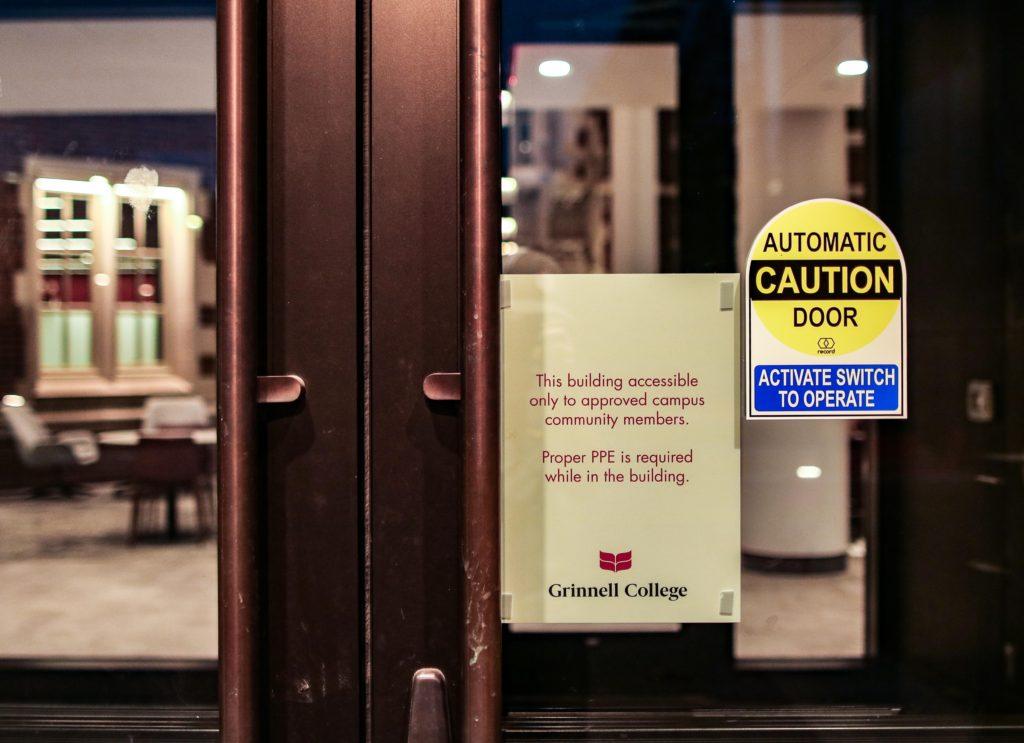Maintaining personal connections, group collaboration and academics are challenges all members of the Grinnell College faculty face in this era of social distancing, but the professors of many science courses face an additional problem: adapting their labs to a remote learning model.
“It’s been a lot of work, and pretty frustrating, but it’s going OK,” said Professor Vince Eckhart, biology. He added that the type of work professors like doing less of, such as administrative problem-solving, has increased, while “not seeing the class happen, light bulbs go on above students’ heads. … all those things that make teaching rewarding, a lot of those have gone away.”
Eckhart, who teaches Biology 252: Organisms, Evolution and Ecology, has been forced to adapt both his regular class sessions and the corresponding lab work to distance learning.
Eckhart holds live office hours for students to ask questions using Blackboard Collaborate, but every other aspect of his teaching has become asynchronous. “I prepare stuff, send it out and things come back asynchronously,” he said.
Assistant Professor Erick Leggans, chemistry, has also had to adapt his style of teaching to distance learning.
“I always promote a lot of collaboration, so I was trying to find ways to promote that collaboration, even from a distance,” he said. “I also made sure I considered in terms of flexibility. What I did, was actually I rewrote a syllabus and called it my post-break syllabus.”
As part of his post-break syllabus, Leggans has eliminated the remaining labs for the semester. In organic chemistry, the majority of lab work is front-loaded — of 250 possible lab points, 190 have already been completed, according to Leggans. Because of this structure, the grades from the labs completed so far will just be scaled up for the total lab grade, he said.
For many courses, though, this isn’t an option. Students in Biology 252 design plant competition experiments and make visits to the Conard Environmental Research Area (CERA) as part of their lab work, which is a significant portion of their class time and grade.
“It’s a total shame that we can’t continue the laboratories, because it’s after break that we go out to CERA,” said Eckhart. “We went once right before break for lab, but two more that would have happened after break are now going to have to be experienced differently by the students.”
Trips to CERA will be replaced by short videos, and then a project based on data gathered in previous years, according to Eckhart. Other parts of the lab will be handled a bit differently.
Before spring break and the campus-closure, the class generated 23 different plant competition experiments in the College greenhouse. “What was supposed to happen now, this week in fact, was harvesting those experiments,” said Eckhart.
Instead, only three of the experiments have been harvested, and all of the students in each of the three sections will make a final presentation about the results for a single experiment from one of the other sections.
Physics courses, too, have faced major challenges in the transition to distance learning, but one professor found a way to continue labs from a distance.
Clara Larson ’21, is taking three physics courses this semester: Electronics, Thermodynamics and Statistical Physics and Solid State Physics. For her electronics course, Associate Professor Paul Tjossem, physics, sent electronics kits to students to continue their work at home.
The kits Tjossem, who did not respond to a request for an interview, sent included many of the materials the class had already been using: a breadboard, an Arduino microcontroller and a set of electronics components.
In one lab, Larson wrote a program to handle the input and display of numbers. “We have a liquid crystal display, … [which] you can attach to the breadboard, and then it can display letters and numbers or characters,” explained Larson. “So today, our lab … was writing a code that inputs the button press on the keypad, then converting it to hexadecimal number system, or base 16, and then displaying it on the liquid crystal display.”
“I’ve been able to collaborate with some of my classmates on the lab, so we do a Zoom call or something like that so we can work on the labs together, and I think’s going well,” said Larson. “It maybe doesn’t totally simulate a lab setting where you’re actually able to work with a partner, work with groups, but it maintains some of the collaboration.”


















































